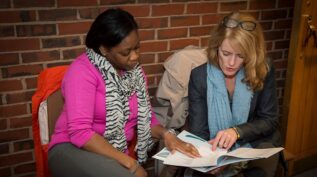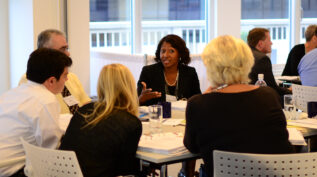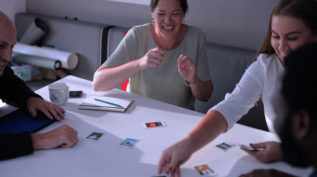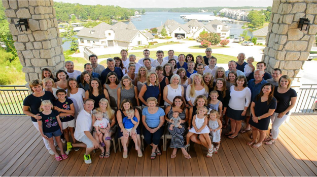Effective Governance: Principles, Policies, and Practices
Posted on December 7, 2020 by Virginia M. Esposito, Patricia Angus

Preview the conversation with “The Purpose and Power of Family Governance” by Patricia Angus. Family philanthropy is rooted in the act of collective decision making—one that is often codified in a formal governance structure. But what is governance and how can a family adopt its framework to effectively guide their philanthropy? Governance consists of three elements—principles, policies, and practices—that define… Read More









